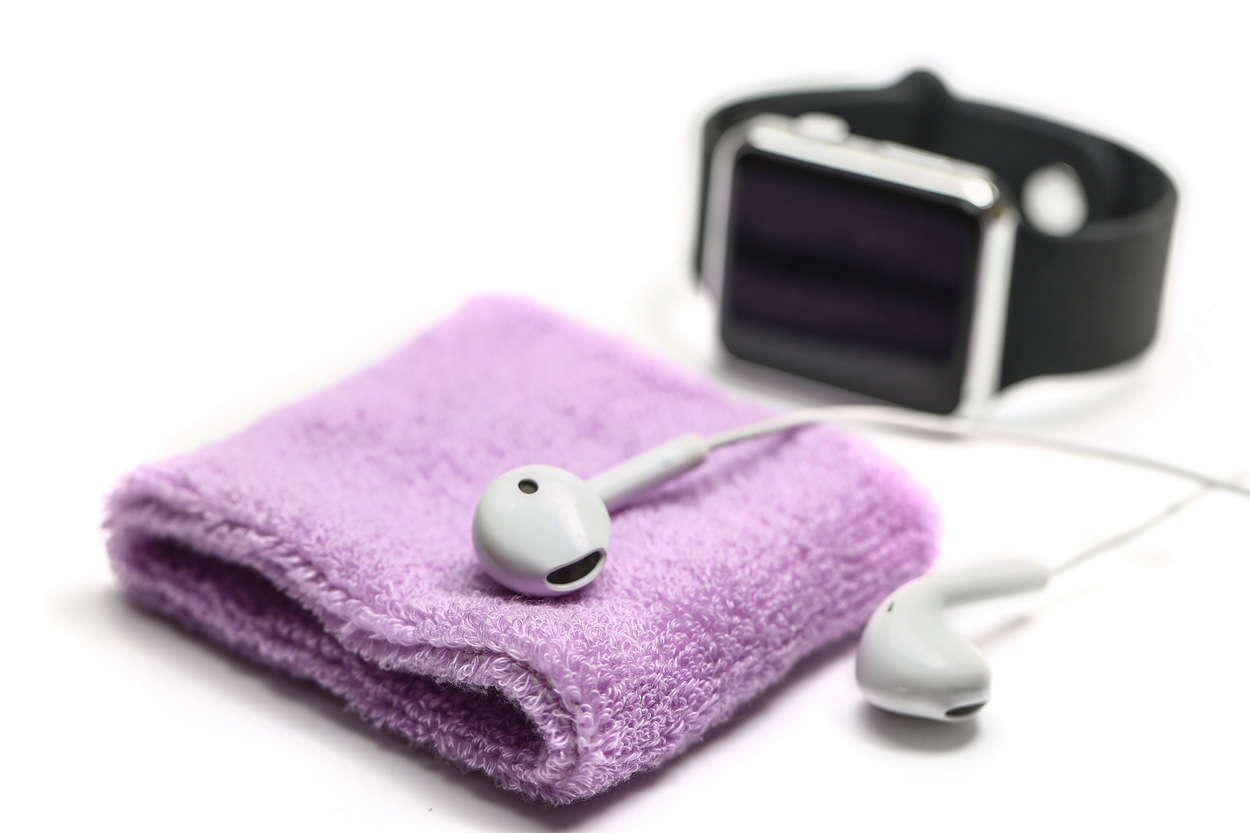What’s Next for Embedded Systems in Personal Health Gadgets?

Wearable health technology has come a long way—from simple step counters to advanced biometric monitoring devices capable of tracking heart rate variability, blood oxygen levels, and even detecting early signs of disease. At the heart of these innovations are embedded systems, tiny yet powerful computing platforms that enable real-time health monitoring, seamless data processing, and intelligent decision-making.
With rapid advancements in AI, wireless connectivity, and power efficiency, the future of embedded systems in health gadgets looks more promising than ever. In this article, we explore the key trends shaping the next generation of personal health devices and what they mean for both consumers and the healthcare industry.
The Rise of Smart Health Gadgets
The global market for wearable medical devices is projected to surpass $100 billion by 2028, fueled by growing consumer interest in preventative healthcare and real-time health monitoring. Devices like smartwatches, continuous glucose monitors, and ECG-enabled wearables are becoming essential tools for users who want to track their health more proactively.
Embedded systems play a crucial role in making these devices more intelligent, compact, and energy-efficient. But what’s next? Here’s a look at the trends shaping the future of personal health gadgets.
Key Innovations in Embedded Systems for Health Gadgets
1. AI-Powered Health Monitoring
Artificial intelligence is revolutionizing health monitoring by enabling real-time data analysis and predictive analytics. AI algorithms embedded in wearables can detect irregular heart rhythms, predict potential health issues, and provide actionable insights, allowing users to take preventive measures.
2. Ultra-Low Power Consumption
One of the biggest challenges in wearable health technology is battery life. Next-generation embedded systems are being designed with ultra-low power consumption, allowing devices to operate longer on a single charge. New power management techniques, including energy harvesting from body heat and motion, are also being explored.

3. 5G and IoT Integration
Faster data transmission is essential for real-time health monitoring. The integration of 5G and IoT (Internet of Things) into personal health gadgets will enable seamless connectivity between devices, cloud-based health platforms, and healthcare providers. This will enhance remote patient monitoring and facilitate faster medical interventions when needed.
4. Advanced Biometric Sensors
Wearable devices are evolving beyond heart rate monitoring. New-generation sensors are capable of measuring hydration levels, stress indicators, and even early signs of diseases such as Parkinson’s or Alzheimer’s. These advancements will empower users with more comprehensive health insights.
5. Enhanced Data Security
As wearable devices collect and transmit sensitive health data, security becomes a top priority. Embedded systems now incorporate advanced encryption methods and biometric authentication to ensure that users' health information remains private and secure.
Key Features of Next-Gen Embedded Systems in Wearables
| Feature | Benefit |
| AI-driven analytics | Real-time health monitoring & insights |
| Low-power consumption | Extended battery life & efficiency |
| 5G connectivity | Faster data exchange & remote monitoring |
| Biometric authentication | Enhanced security for personal health data |
| Smart sensor technology | More accurate health tracking |
Real-World Applications of Embedded Systems in Health Gadgets
Continuous Glucose Monitoring (CGM) Devices
CGM systems use embedded sensors to provide real-time blood sugar monitoring for diabetic patients. These devices send alerts when glucose levels fluctuate, allowing users to take immediate action and avoid health complications.
Smart Patches for Remote Health Tracking
Innovative smart patches equipped with embedded systems can continuously monitor vital signs and transmit data to healthcare providers. These patches are particularly useful for post-surgical recovery and elderly care.
Wearable ECG Monitors
Electrocardiogram (ECG) wearables can detect early signs of heart disease by continuously tracking heart activity. Devices like the Apple Watch and Fitbit Sense use embedded AI to analyze patterns and notify users of potential irregularities.
Challenges and Future Considerations
While embedded systems are driving significant progress in wearable health technology, several challenges remain:
1. Power Efficiency
Developers must continue to refine energy-efficient solutions to extend battery life and reduce charging frequency.
2. Standardization & Compatibility
With multiple manufacturers developing proprietary systems, achieving industry-wide interoperability remains a challenge.
3. Regulatory Compliance
As these devices collect medical-grade data, they must comply with healthcare regulations such as HIPAA (USA) and GDPR (Europe) to ensure user privacy and safety.
The Future of Embedded Systems in Personal Health Gadgets
The next decade will bring even more sophisticated health wearables powered by embedded systems. Future devices could integrate augmented reality (AR) interfaces for real-time feedback, nanotechnology-based biosensors for ultra-precise measurements, and cloud-based AI diagnostics that provide instant health assessments.
As demand for real-time health monitoring grows, the role of embedded systems in personal health gadgets will only expand, shaping a future where individuals have greater control over their well-being through intelligent, connected devices.
Conclusion
Embedded systems are at the core of the next wave of innovation in personal health gadgets. AI-powered analytics, ultra-low power consumption, 5G connectivity, and advanced biometric sensors are just a few of the advancements making wearable health technology more powerful and accessible.
At Promwad, we specialize in developing cutting-edge embedded systems that drive innovation in medical wearables and personal health devices. To learn more about how we can help bring your next health tech project to life, visit promwad.com or contact our experts today.





